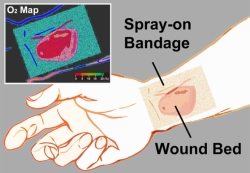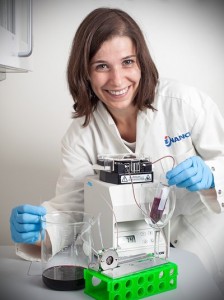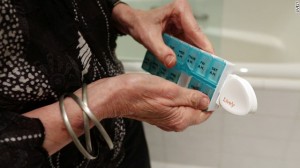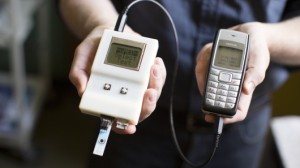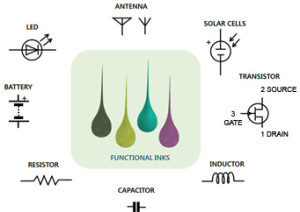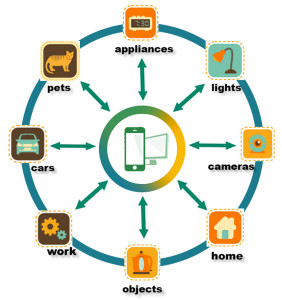If you’re a cycler, you know this problem all too well: you’re stopped at a traffic light, the only vehicle at a controlled intersection, and are waiting for the seemingly never-ending red light to change. Now, thanks to Nat Collins’ new development, you may not have to encounter this problem.
Collins has created a device called the Veloloop, which uses a patented circuit technology to trigger sensors in asphalt. In essence, the device is designed to make traffic light sensors think that your bike is a car.
This from Gizmag:
Embedded “inductive loop” traffic sensors work by creating an electromagnetic field in the surface layer of the road. When a sufficiently-large metal object – such as a car – stops above the sensor, it creates eddy currents within that field. This is detected by the system’s traffic signal controller, which causes the light to change.


